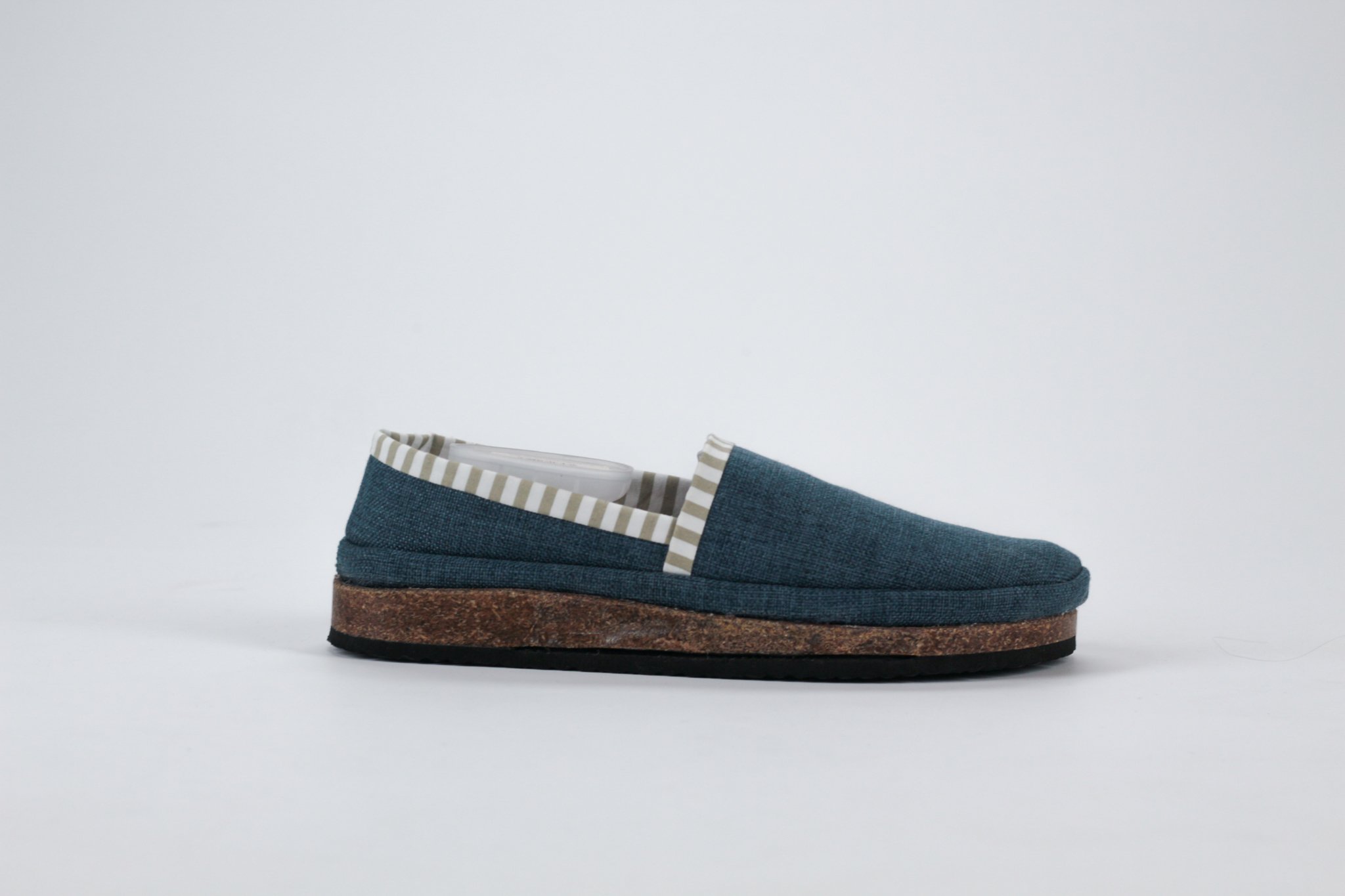
Stepping into Sustainability
This project explores the vast issues of footwear wastage, determining the root causes of the industry and endeavouring to outline a sustainable design framework (SDF) that aims to provide information to potential adopters of the shoe design industry. Through this process, the value of disassembly as a means to recapture the materials used in creating a shoe and the effect of part counts and material choice are explored demonstrating the need for a system of design that accounts for these issues from a sustainability perspective. Two designs are iterated upon from these guidelines as they are improved to demonstrate the system’s effectiveness practically and theoretically. These designs capture the essence of the SDF and allow for two possible approaches to be explored: embracing the sustainable approach and endeavouring to apply it to an existing design language. This explorative research project produces an effective series of guidelines with sample applications for the system to substantiate its claims.
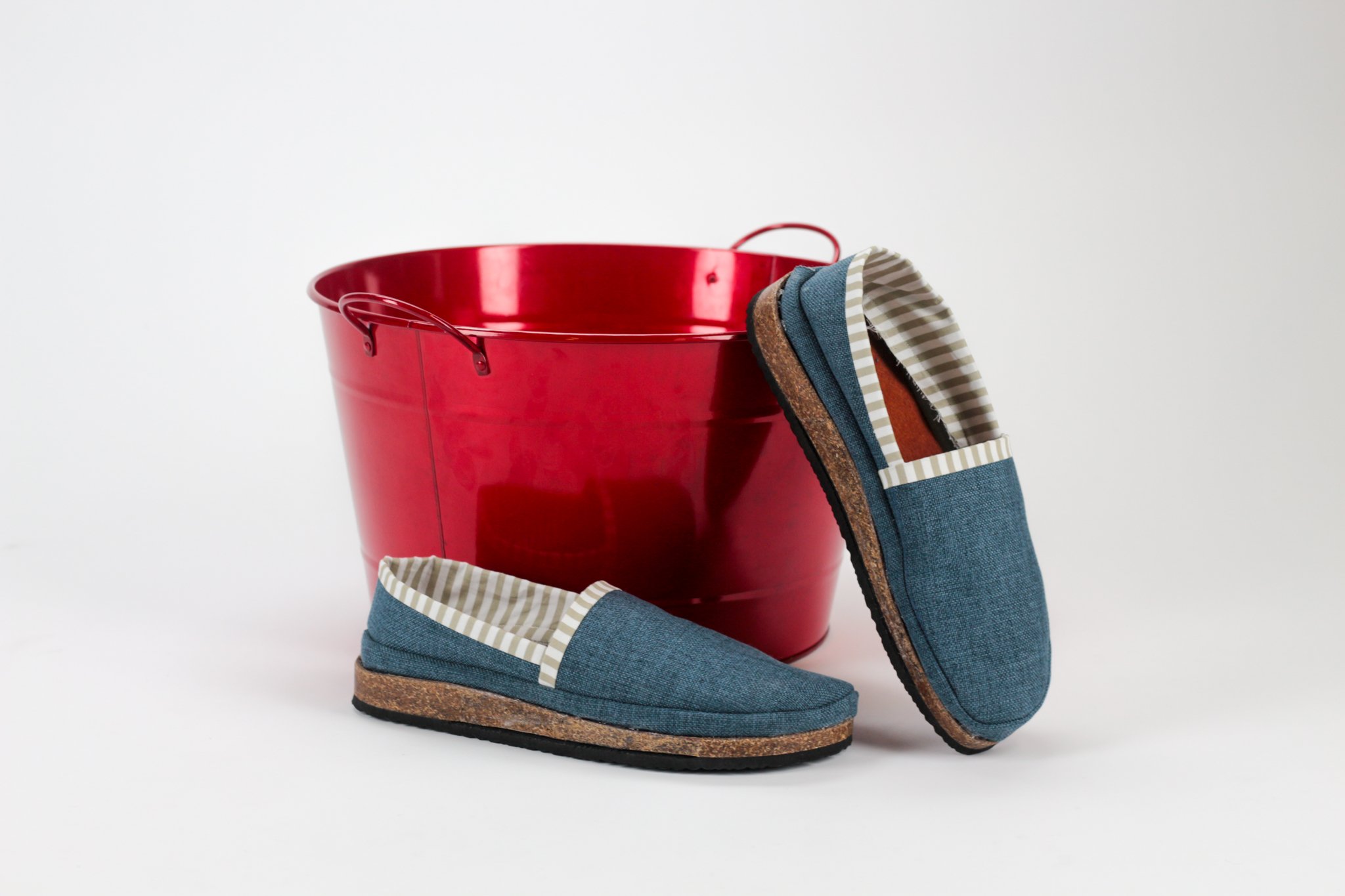
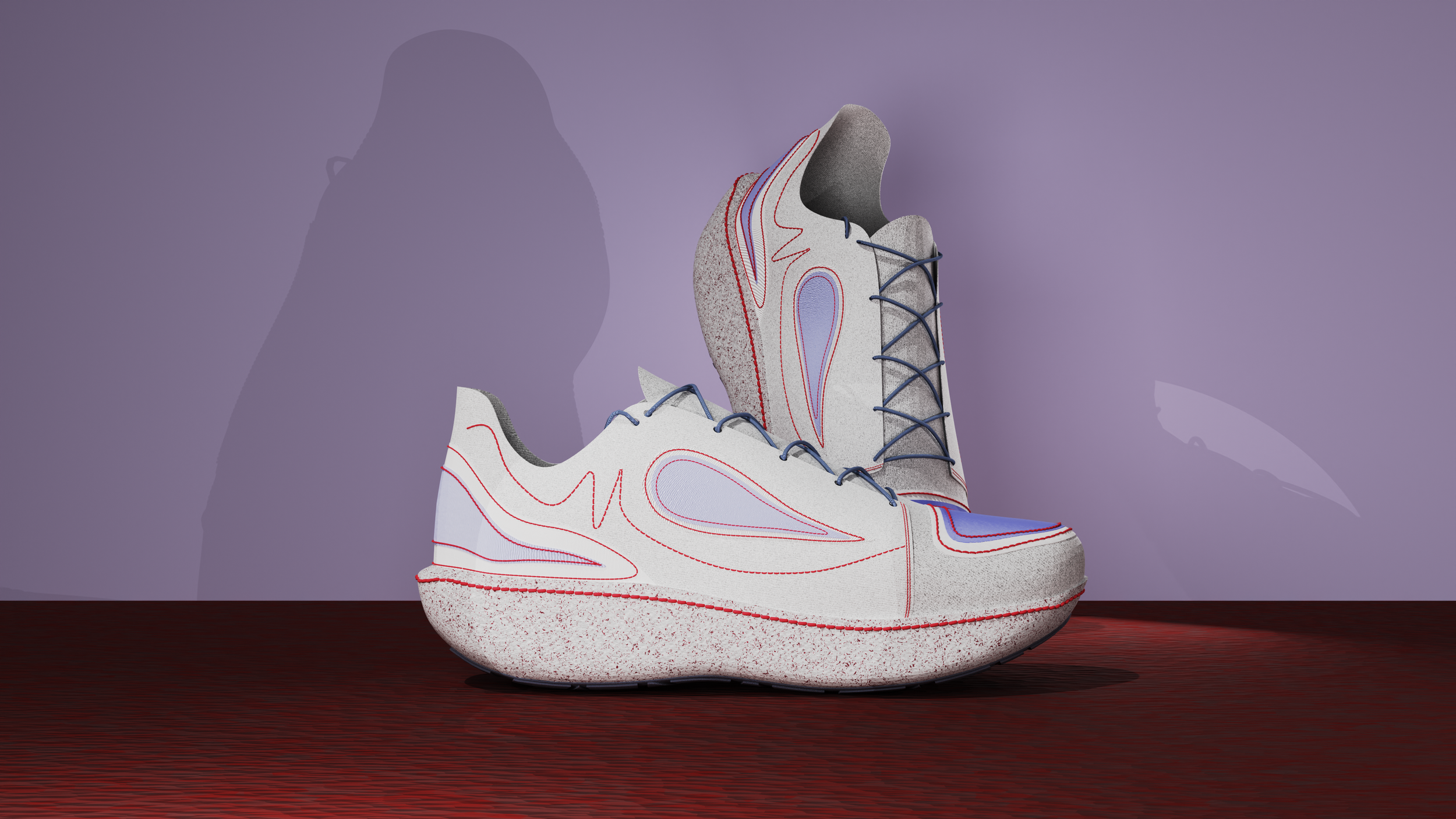
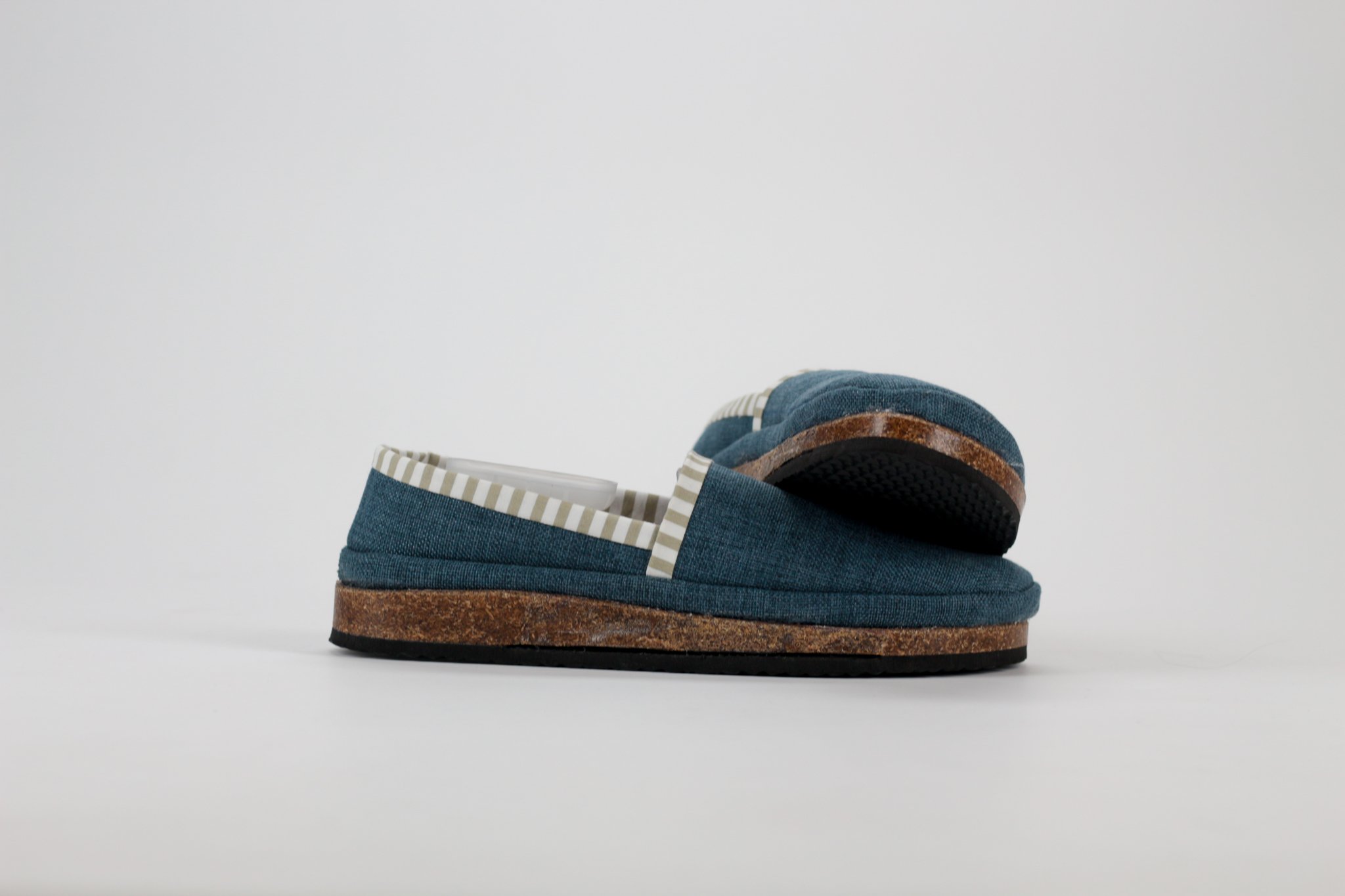
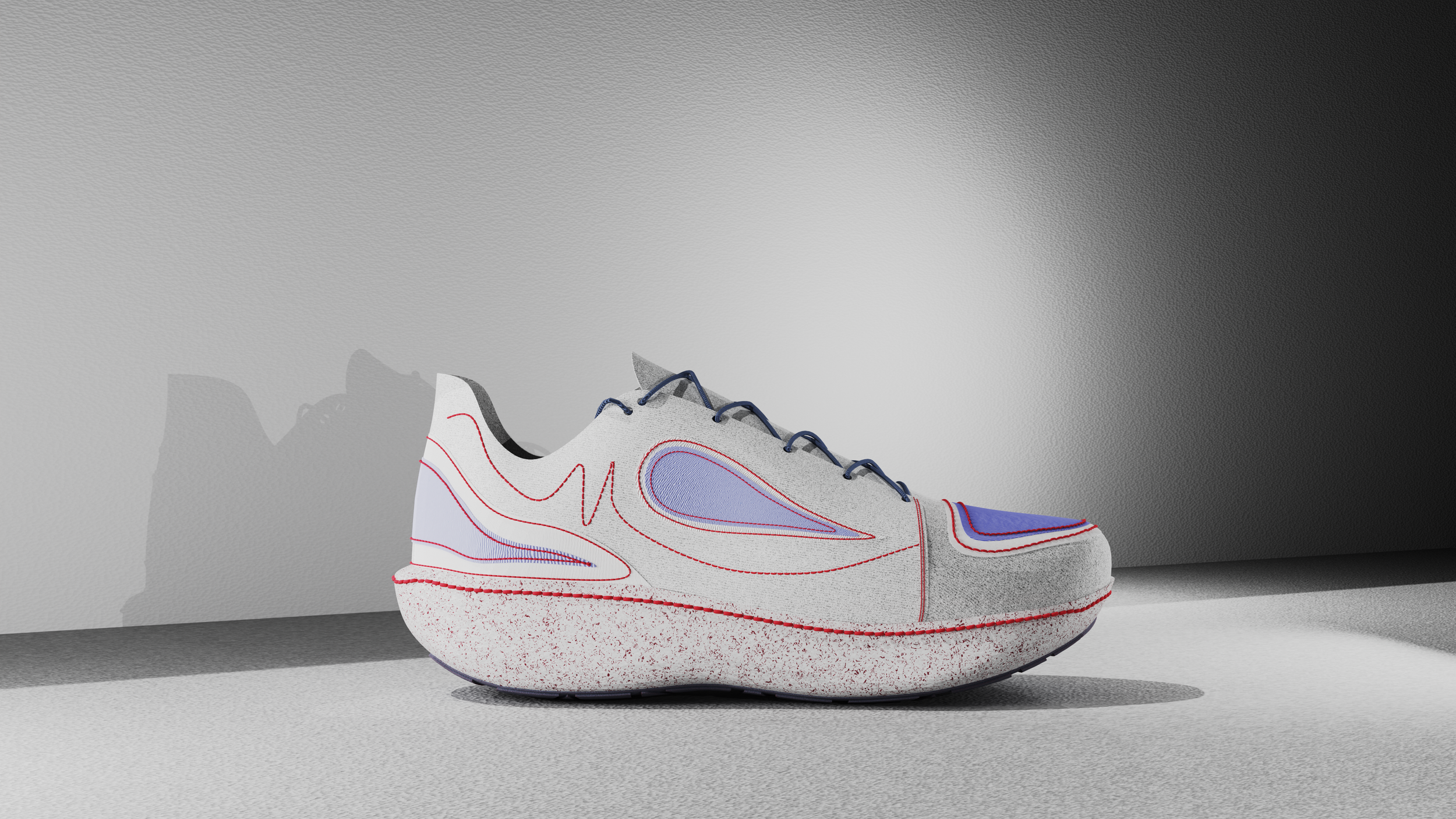
This project examined and explored the value of rethinking the design and manufacturing process concerning sustainable design. It focused specifically on the tremendous wastage produced by the footwear industry and asked how it can be effectively dealt with by utilising new technology and contemporary design practices. While the subject matter itself is rather niche in the space of product design, due to its mainly dealing with soft fabrics and the wide range of dimensions and materials used, the process undertaken to understand the problem space and industry, and to then systematically determine effective actions and guidelines to take in pursuit of sustainability can be applied to any design industry. Applying these principles to one’s design process would lead to a greater environmentally friendly outcome which could increase the marketability of the product being designed while maintaining ethical practices concerning the environment.